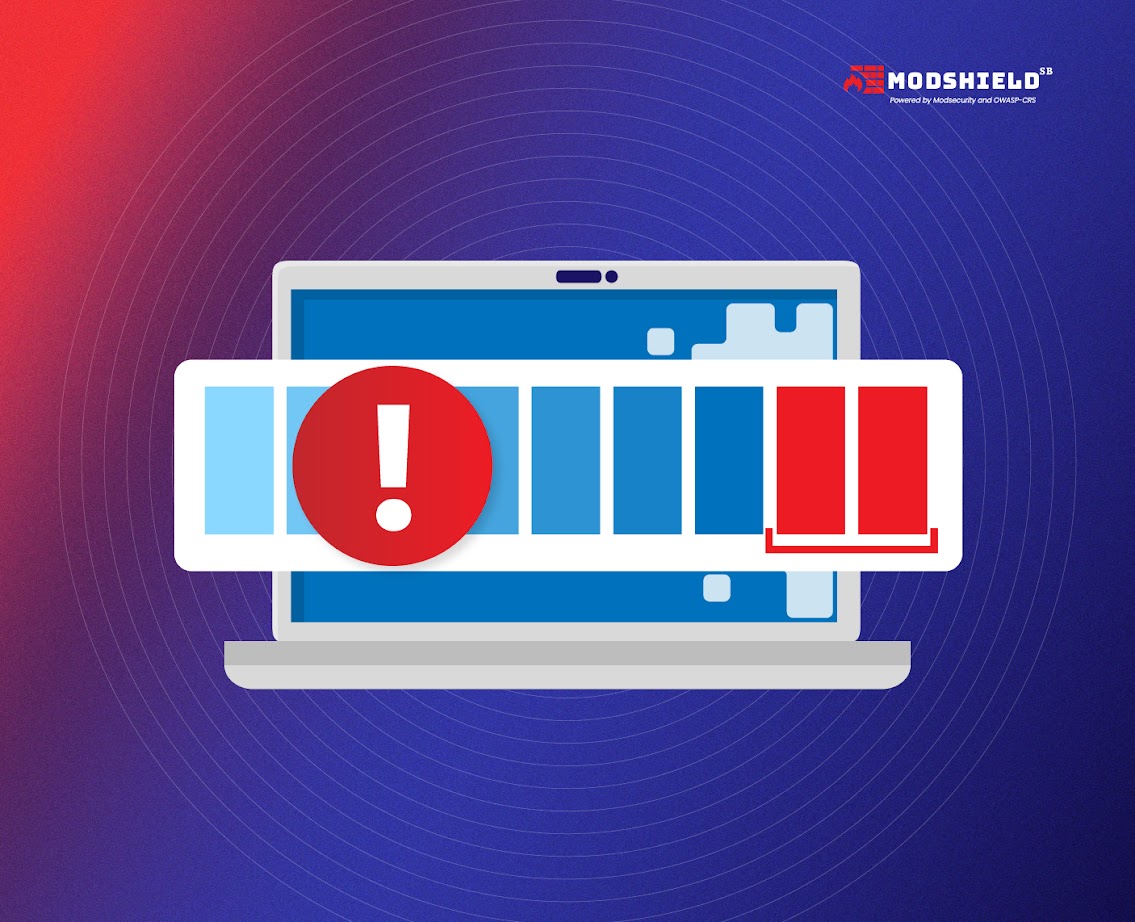Identifying and Blocking Buffer Overflow Attacks
Identifying and Blocking Buffer Overflow Attacks

What is a buffer overflow attack?
A buffer overflow attack involves violating programming languages and overwriting the bounds of buffers, often due to manipulating memory and mistaken assumptions about the data’s composition or size. This vulnerability occurs when a program attempts to write more data to a fixed-length memory buffer than it can hold, causing overflow that can overwrite adjacent memory locations and potentially lead to data corruption, crashes, or execution of malicious code.
How is a Buffer overflow attack performed?
A buffer overflow attack involves violating programming languages and overwriting the bounds of buffers, often due to manipulating memory and mistaken assumptions about the data’s composition or size. This vulnerability occurs when a program attempts to write more data to a fixed-length memory buffer than it can hold, causing overflow that can overwrite adjacent memory locations and potentially lead to data corruption, crashes, or execution of malicious code. A buffer overflow attack is typically performed by exploiting a vulnerability in a program’s code that allows more data to be written to a buffer than it can hold. Here is a general outline of how a buffer overflow attack can be carried out:
Identify a vulnerable program: Attackers first identify a program that has a buffer overflow vulnerability. This could be a software application, operating system, or network service.
Understand the memory layout: The attacker needs to understand the memory layout of the target system, including the location and size of buffers. This information helps in crafting the attack payload.
Craft the malicious payload: The attacker creates a payload that contains more data than the buffer can handle. This payload may include executable code or instructions to manipulate the program’s behaviour.
Exploit the buffer overflow: The attacker then sends the crafted payload to the target system, causing the program to write the excess data beyond the buffer’s boundaries. As a result, adjacent memory areas can be overwritten, potentially leading to the execution of the attacker’s code or crashing the program.
Gain control: If successful, the attacker gains control over the compromised system. This control can be used for various purposes, such as launching further attacks or gaining unauthorized access to sensitive information.
It’s important to note that buffer overflow attacks can have severe consequences and can be mitigated through secure coding practices, input validation, and the use of programming languages and frameworks that have built-in security mechanisms.
How to mitigate buffer overflow attacks
Use secure coding practices: Follow secure coding guidelines and best practices, such as validating input, enforcing proper bounds checking, and avoiding unsafe programming functions.
Implement input validation: Validate and sanitize all input data to ensure it conforms to expected formats, sizes, and types, preventing unexpected data from overflowing buffers.
Employ compiler defences: Use compilers that provide security features like stack protection and automatic bounding checks. These measures can help identify and prevent buffer overflow vulnerabilities during compilation.
Enable Address Space Layout Randomization (ASLR): ASLR randomizes the memory layout of a process, making it difficult for attackers to accurately predict the location of buffers, reducing the risk of successful buffer overflow attacks.
Consider using safer programming languages: Programming languages that offer built-in memory management, such as Java or C#, can help mitigate buffer overflow attacks by handling memory allocation and deallocation automatically.
Regularly update and patch software: Keep all software, including operating systems and applications, up to date with the latest security patches and updates. These updates often include fixes for known buffer overflow vulnerabilities.
Implement runtime protections: Utilize runtime protections, such as stack canaries and safe libraries, that detect and prevent buffer overflow attacks during program execution.
Conduct security testing and code reviews: Regularly perform thorough security testing, including penetration testing, and code reviews to identify and address potential buffer overflow vulnerabilities
Enable a Web Application Firewall: By enabling web application firewall, you are protected against various types of attacks including SQLi, XSS, CSS, and buffer overflow attacks.
How Modshield SB protects your application from buffer overflow attacks
Modshield SB protects your system from buffer overflow attacks through its advanced Web Application Firewall (WAF) capabilities. It specifically targets web application vulnerabilities and employs various techniques to detect and prevent buffer overflow attacks.
Buffer overflow attacks occur when a program or process tries to store more data in a buffer (temporary storage) than it can hold, causing the excess data to overwrite adjacent memory addresses. This can result in the execution of malicious code or the corruption of critical system data. Modshield SB’s WAF helps protect against buffer overflow attacks by implementing multiple layers of defence mechanisms:
-
Input Validation: Modshield SB examines the data being sent to the web application and applies stringent validation checks to ensure that it meets the expected criteria. By validating input data, it prevents malicious content from being processed, thus mitigating the risk of buffer overflow attacks.
-
Memory Protection: Modshield SB employs techniques to monitor and protect the memory used by the web application. It can detect and prevent attempts to overflow or corrupting the buffer, thus defending against buffer overflow attacks.
-
Intrusion Detection and Prevention: Modshield SB continuously monitors web application traffic for suspicious activities or known attack patterns. It leverages a set of predefined security rules, derived from best practices and industry standards like OWASP Core Rule Set, to detect and block potential buffer overflow attacks.
By combining these techniques, Modshield SB provides effective protection against buffer overflow attacks, helping to safeguard your system and prevent unauthorized access or damage.
